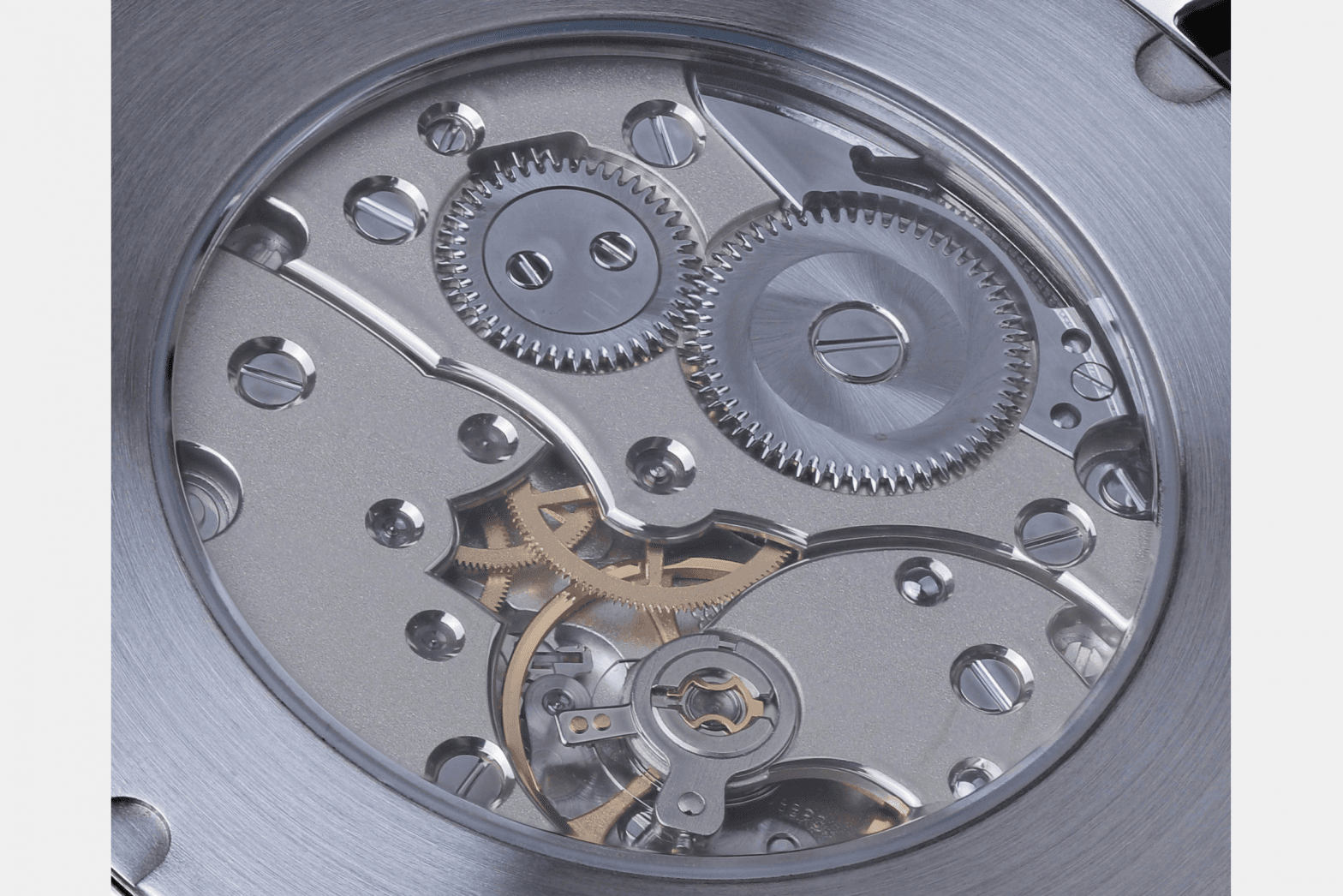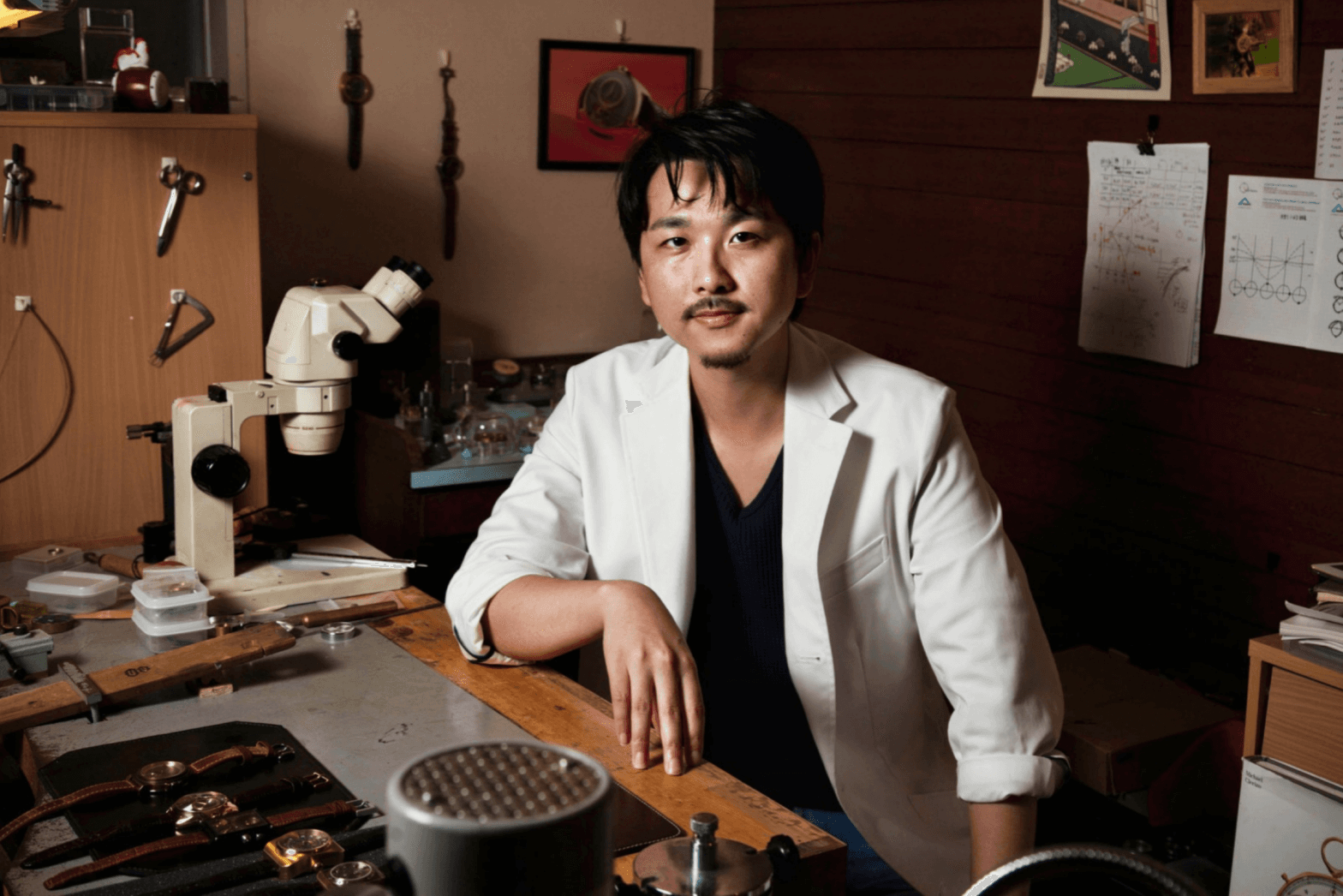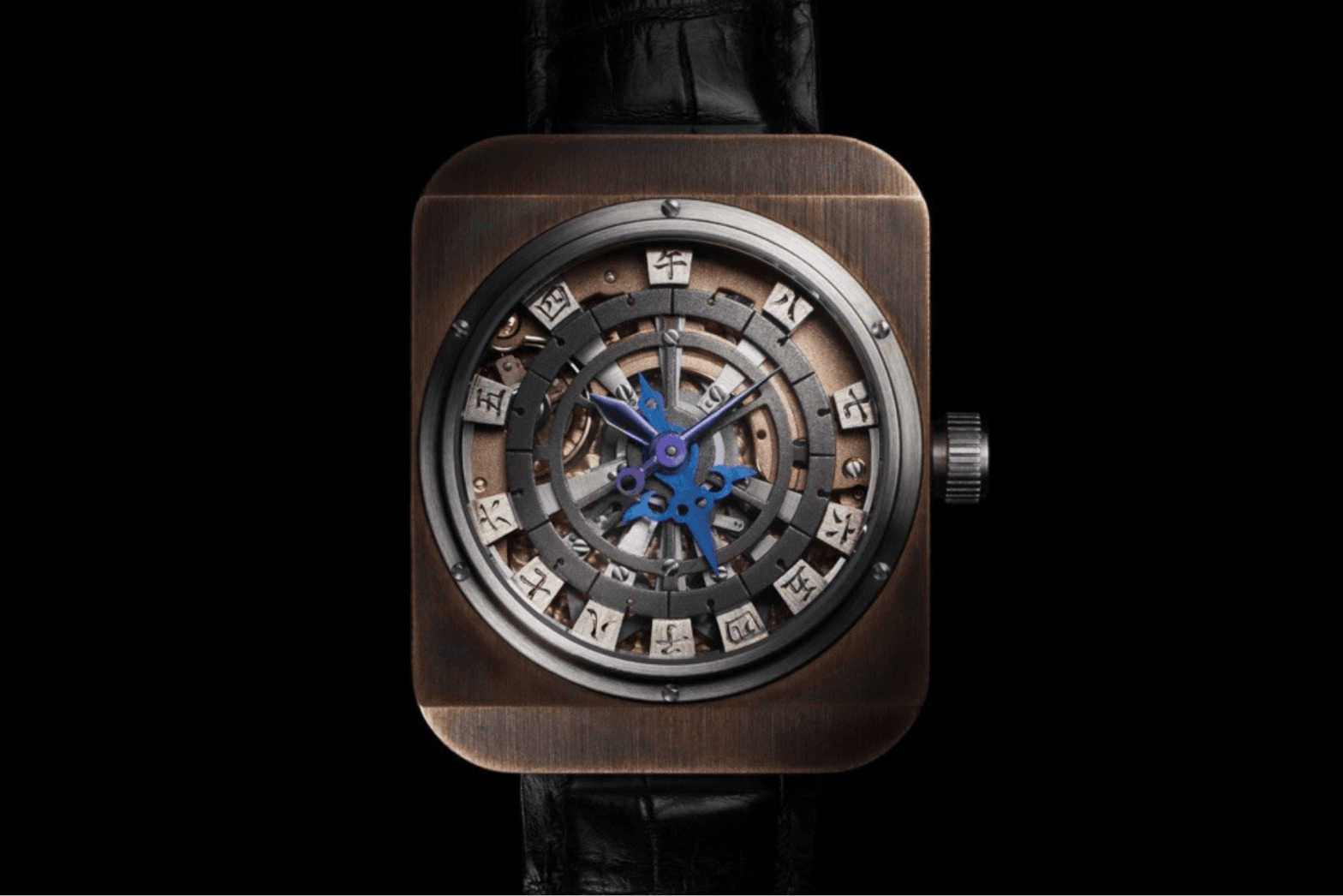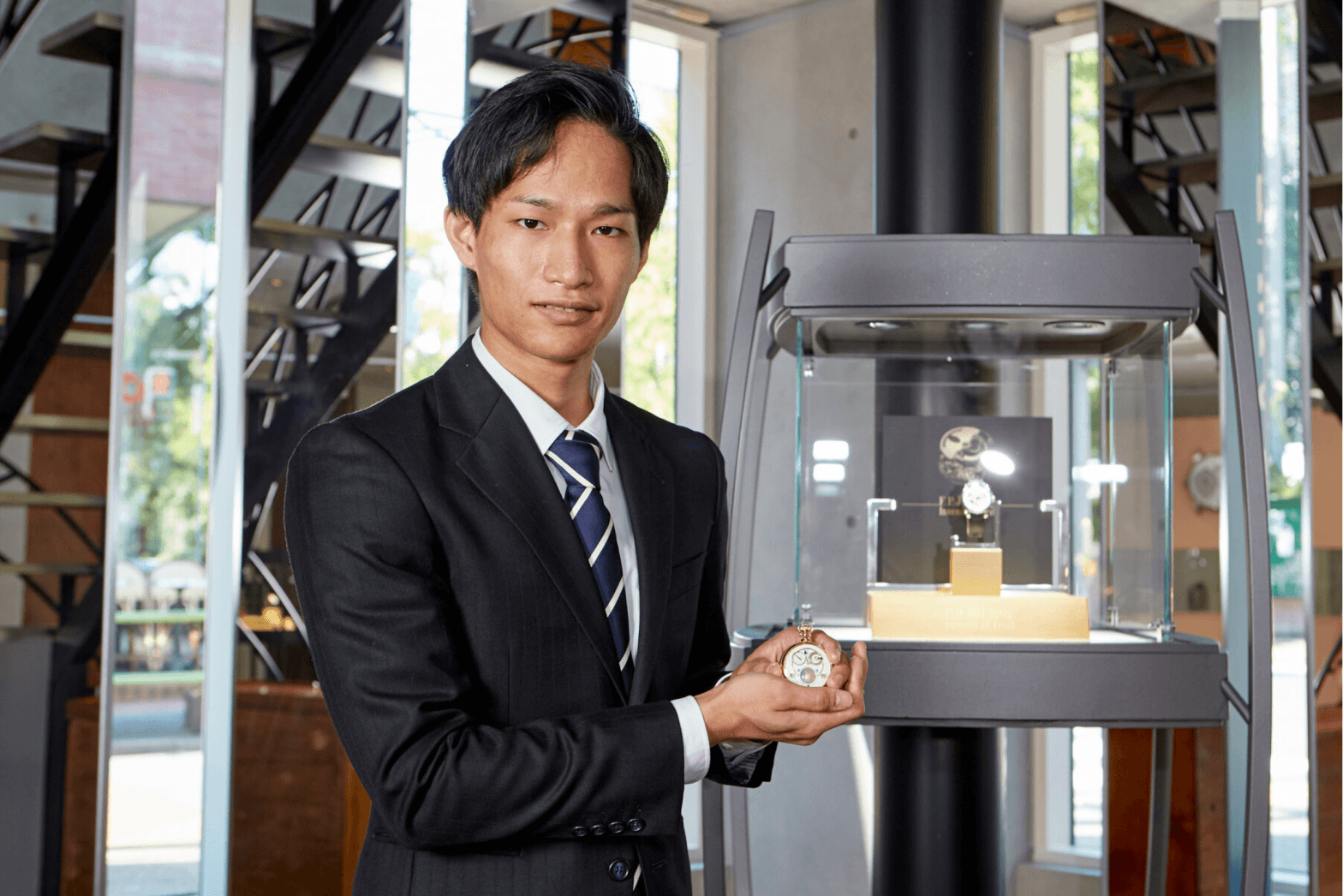
Far East Movement: 5 Asian Watch Brands You Should Know
We go beyond the region’s traditional reputation for affordable mass-produced wristwatches in search of the indies that are blazing a brave new trail across China, Korea, and Japan
For a long time, East Asia has been a part of the world that’s figured prominently in the economic calculus of the Swiss watch industry. However, it’s only been within the last half-decade that the region has started to cultivate its own community of independent watch brands: infusing new blood into a marketplace traditionally dominated by ginormous corporate players in the mold of Seiko.
Now, atop the momentum delivered by small, enthusiast-led companies (e.g., Ming and Kurono Tokyo) a new wave of players has emerged to capitalize on evolving tastes among Asian collectors. From industry insiders now striking out on their own to the self-taught savants who are nothing short of shokunin, here are five names in Asian watchmaking that it’s essential to know.
Naoya Hida
Thanks to the support of influential voices in the watch community, such as Hodinkee and The Armoury, Naoya Hida is a name that’s fast gaining recognition with international collectors—even if the eponymous indie designer was already well-established in his home country of Japan. A veteran of the Japanese watch industry, who originally got his start working in the distribution of high-end Swiss mechanicals, Hida’s résumé includes stints at F.P. Journe—he helped launch the brand domestically in 2004—followed by Ralph Lauren, where he worked to expand the American fashion giant’s burgeoning watch business.

Over 30-plus years in the industry, Hida has cultivated an eye for classic, mid-century inspired designs; favoring, like many Japanese enthusiasts, watches that are subtle and highly focused in their execution. In 2019, he parlayed this experience into the creation of his own brand: a small, made-to-order operation that produces less than 100 watches per year. Thus far, these include three series: conveniently labeled ‘Type 1’, ‘Type 2’ and ‘Type 3’. According to Hida, each is inspired by a different design language from the history of European watchmaking, though all share certain manufacturing traits that are emblematic of his brand: dials are made of German silver; cases are machined in 904L stainless steel (famously favored by Rolex); and each watch’s distinctive numerals are hand-carved by a Japanese precision machining company.
.gif&w=4320&q=75)
Atelier Wen
More of a team effort as opposed to a single individual, Atelier Wen is the brainchild of Robin Tallendier and Wilfred Buiron – two French expats who met whilst studying in Mainland China. After being exposed firsthand to the country’s long (and surprisingly eclectic) tradition of industrial watchmaking, the duo decided to create their own brand in 2018. The goal? To promote and celebrate timepieces that are “proudly made in China,” and which take their inspiration from the nation’s classical tropes of art and culture.


The Atelier Wen team’s commitment to making watches with this nuanced perspective originally resulted in the ‘Porcelain Odyssey’ collection: two time-only models (the ‘Ji’ and ‘Hao’) that offered an affordable take on the porcelain dial – a handmade detail, traditionally reserved for the upper echelons of fine watchmaking. In mid-2021 however, the brand released their most anticipated watch yet: an ultra-thin steel sports watch on an integrated bracelet, complete with guilloché. Appropriately titled the ‘Perception’, the watch’s dial is the work of Mr. Cheng Yucai: an industrial machinist who built his own rose engines to study the craft of dial engraving. Cheng’s work alongside Atelier Wen on the Perception marks the first time that his guilloché has appeared within a domestically made watch—brought to market, for good measure, by two young Frenchmen who are intent on reshaping old attitudes about mechanical watches ‘Made in China’.


Minhoon Yoo
Despite the fact that Korea’s independent watchmaking scene is still very much in its infancy, small operators like Minhoon Yoo are a surefire sign that the culture there is headed in an exciting new direction. The 32-year-old’s interest in mechanical watchmaking was piqued by a documentary he saw whilst at university: covering, amongst a number of other timepieces, Philippe Dufour’s Simplicity. One of Yoo’s professors, Kwanghun Hyun (the multihyphenate behind 3Hands Studio) encouraged him to pursue watchmaking more seriously, culminating in the completion of the young industrial artist’s first prototype – the ‘Carved Piece’.

Unveiled earlier this May, the Carved Piece charts Yoo’s ongoing growth as an independent watchmaker—a journey that he’s undertaken, with one or two exceptions, in solitude. While the movement (i.e., a Peseux 7001) has been heavily modified to Yoo’s own specifications, the most original details associated with the Carved Piece are contained within its dial: each of the 12 hour markers are hand-cut, with no two in the exact same shape; while the central segment and chapter ring both feature an indeterminate wave-like pattern which Yoo himself likens to “white noise." This off-kilter perspective on mechanical watchmaking—defined by Yoo’s professional interest in abstraction and multimedia art—has already lent the Carved Piece a lot of fans: at time of writing, nearly 100 collectors have requested orders—business that Yoo hopes, in future, will enable him to make watches from scratch in Korea.


Masahiro Kikuno
Today, a number of independent watchmakers could reliably be described as ‘in-house’ craftspeople, though few have embraced that description quite so literally as Masahiro Kikuno. The young Japanese watchmaker’s house in Matsudo—about 20km from metropolitan Tokyo— is equal parts workshop and domicile; with his spare rooms and garage converted to the task of crafting truly one-man timepieces. Inspired by the unique craft of wadokei (i.e., 19th century Japanese clockmaking), Kikuno is famed, amongst deep-cut evangelists of indie watchmaking, for making things the traditional way. With the exception of a few key oscillating parts, everything in Kikuno’s workshop is made exclusively by him – even the mokume (“woodgrain”) dials, requiring the heating and flattening of different metals.

The painstaking demands of this singular approach mean that he completes no more than two to four pieces per year. Nevertheless, in the last decade, he’s carved out a very strong niche for watches that plumb Japan’s rich cultural vistas—particularly where timekeeping is concerned. The ‘Wadokei Revision’ is perhaps the prime example of this: a wristwatch that displays the time, according to the traditional system of temporal hours. In accordance with this method, Kikuno had to build a movement which would compensate for each hour’s variable length based on season – with longer daylight hours in the summer and vice-versa.

Norifumi Seki
Despite the fact that he’s easily the youngest individual to crack our list, Norifumi Seki has demonstrated prodigious talent at a very early junction in his career. Emboldened by a meeting with Masahiro Kikuno in 2016, the 25-year-old enrolled at the Hiko Mizuno College of Jewelry—a technical school in Tokyo offering courses in component finishing and overhauling. While there, Seki devised two wristwatches of his own design—both powered by movements that he had worked on as part of the school’s curriculum. That all came to a head in 2020, when Seki became the first Japanese watchmaker to win the F.P. Journe Young Talent Competition – an accolade confirmed by none other than Journe himself, in conjunction with fellow industry legends Giulio Papi and Philippe Dufour.

Amongst fierce competition, Seki managed to clinch the ‘Young Talent’ through his unique spherical moonphase. The naming convention is dull, yet Seki’s work is anything but: his third major project and first to take the form of a pocket watch; the piece eschews the traditionally disc-shaped moonphase for a sphere. That architecture also necessitates the use of a drum-based calendar—again, as opposed to the more standard date and month discs. The spherical moonphase’s mechanical complexity is matched by the quality of finishing: devoid of context, you’d be hard-pressed to pick this as a university project. The most insane detail? For our money, it has to be the dial: hand-engraved by Seki so precisely that some have mistaken it for guilloché.
